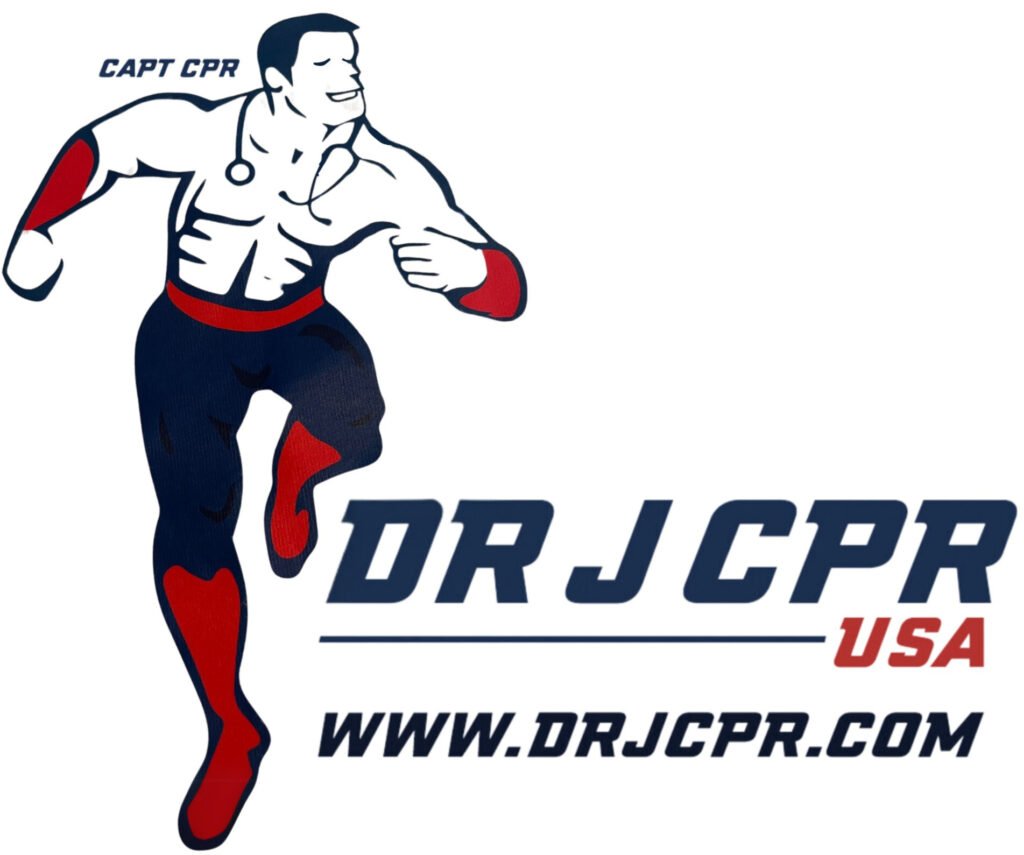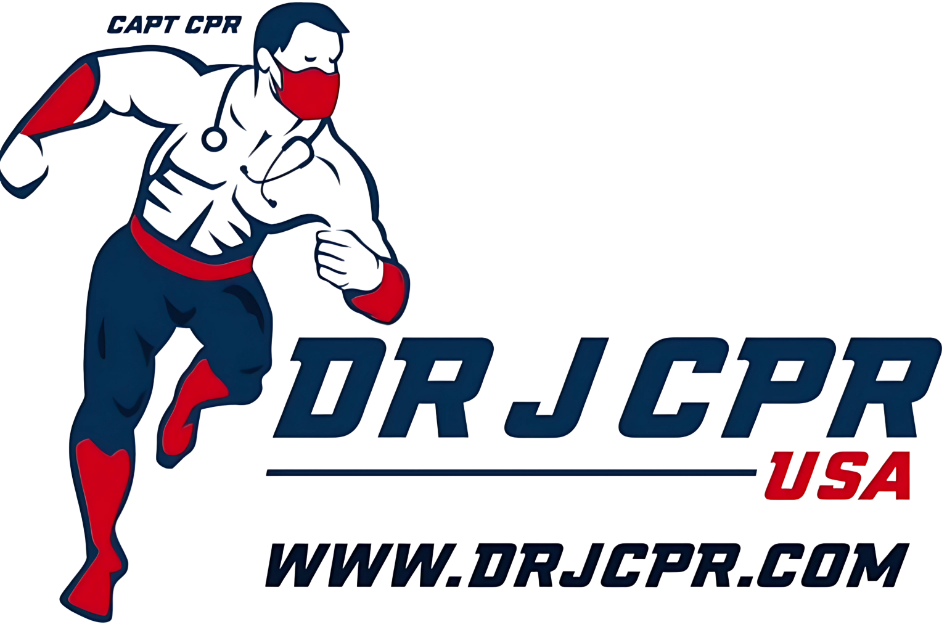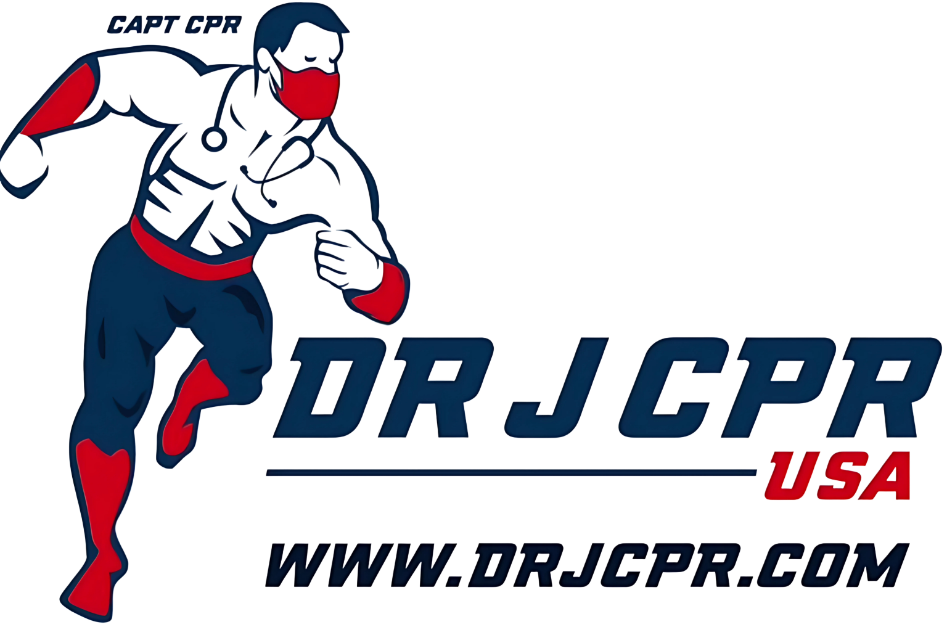How To Join
- Step 1: Sign up
- Step 2: Register for your course
- Step 3: Make payment via Credit Card, Zelle, Venmo, or Cash App to access study materials & exams
Go to Curriculum to access the course material.
Optional books available: ACLS $30, BLS $20, PALS $35
Payment Options:
- Zelle: 913-515-7925
- Venmo: 913-515-7925 (Dr Jay Hershman CPR)
- Cash App: 913-515-7925 (Dr Jay Hershman CPR)
- Credit Cards: Amex & all major cards accepted
For support, email DrJayHershman@gmail.com
ACLS Course Overview
ACLS (Advanced Cardiovascular Life Support) is designed for healthcare professionals seeking in-depth knowledge of cardiovascular emergencies…
What You Will Learn:
- Cardiac Physiology & Hemodynamics – Heart structure, pressure dynamics, and blood circulation.
- Blood Pressure & Valves – Understanding systolic vs. diastolic pressure and valve functions.
- Hypertension & Heart Sounds – Chronic hypertension and auscultation techniques.
- Cardiac Output (CO = HR × SV) – Key factors affecting cardiac efficiency.
- Cardiac Emergencies – Differences between MI and cardiac arrest.
- Brain-Heart Connection – Neurological control of breathing and cardiac rhythm.
- STEMI vs. Non-STEMI – Diagnosis and management strategies.
- ECG Interpretation – Reading ECGs and recognizing arrhythmias.
- ACLS Protocols & Medications – Drug indications and emergency interventions.
- Reversible Causes (H+T) – Identifying treatable cardiac arrest causes.
- Airway Management – Intubation techniques and video laryngoscopy.
This online course includes video demonstrations, case studies, and real-world applications…
PALS Course Overview
PALS (Pediatric Advanced Life Support) is tailored for healthcare professionals managing critical pediatric emergencies…
What You Will Learn:
- Pediatric Physiology & Assessment – Anatomy, vital signs, and evaluation.
- Fever, Glucose & Oxygenation – Managing fever, hypoglycemia, and oxygen therapy.
- Circulatory Dynamics – Right vs. left heart pressure in children.
- Blood Pressure & Heart Valves – Pediatric BP interpretation and valve function.
- Heart Sounds – Pediatric auscultation and abnormal findings.
- Cardiac Output – Pediatric-specific cardiac performance.
- MI vs. Cardiac Arrest – Recognizing rare but critical pediatric emergencies.
- Neurological Control of Breathing – Brain regulation of pediatric respiration.
- Brain-Heart Interactions – Nervous system influence on cardiac function.
- EKG Interpretation – Pediatric ECG analysis and arrhythmia detection.
- Reversible Causes (H+T) – Managing treatable arrest factors.
- PALS Medications – Pediatric dosing and safety.
- Airway Management – Intubation and ventilation strategies.
This self-paced course combines video demos, expert lessons, and pediatric scenarios for practical readiness…
Curriculum
- 2 Sections
- 17 Lessons
- 7 Days
Expand all sectionsCollapse all sections
- Videos17
- 1.11. Heart right side Left side pressure5 Minutes
- 1.22. Blood Pressure Valves6 Minutes
- 1.33. Systolic vs Diastolic7 Minutes
- 1.44. HTN Chronic2 Minutes
- 1.55. Heart Sounds5 Minutes
- 1.66. CO=HRxSV10 Minutes
- 1.77. Diff between MI and Cardiac Areest5 Minutes
- 1.88. Brain controls Breathing8 Minutes
- 1.99. Brain Controls Heart4 Minutes
- 1.1010. Stemi vs NonStemi7 Minutes
- 1.1111. Angina vs Unstable Angina2 Minutes
- 1.1212. EKG 110 Minutes
- 1.1313. EKG 232 Minutes
- 1.1414. H + T2 Minutes
- 1.1515. Meds7 Minutes
- 1.1616. Intubation and Video10 Minutes
- 1.17Peds Dr. Jay :Fever, Glucose, Oxygen5 Minutes
- Exam2
$225
Credit card, Zelle, Cash app, Venmo
Call him at 913-515-7925
Leave a message or text. I will get back to you.
Email: DrJayHershman@gmail.com
We give you five days to complete the course. Two days to complete the exam.
Yes
Once you complete the course with the exam, you will fill out the certificate of completion. It will automatically go to Dr. Jay’s email and he will send you the card within 12 hours..
If you open the class for any reason, there is no refund.
Yes, it is timed once you open it.
2 hours.
You can take the exam two times with no extra charge. The third time you will be charged $50 and you will get the questions & answers you get wrong. We do not allow people to fail our course.
Yes, whether you listen or not during that time …..is up to you.
They are short videos of lectures that are highly informative done by a doctor of medicine.
Yes, you can do this in class by calling Dr. J or scheduling the class online at the address above. You will go to the local office.
You get all the videos and all of the books that are there for you to read and listenat any time. It is a $25 a month charge. You can cancel anytime.
Yes - https://americanheartcpr.net/courses/pals-class-on-line/
Yes - https://americanheartcpr.net/courses/bals-class-on-line/
You can leave a message or leave a text anytime . I will get back to you.






